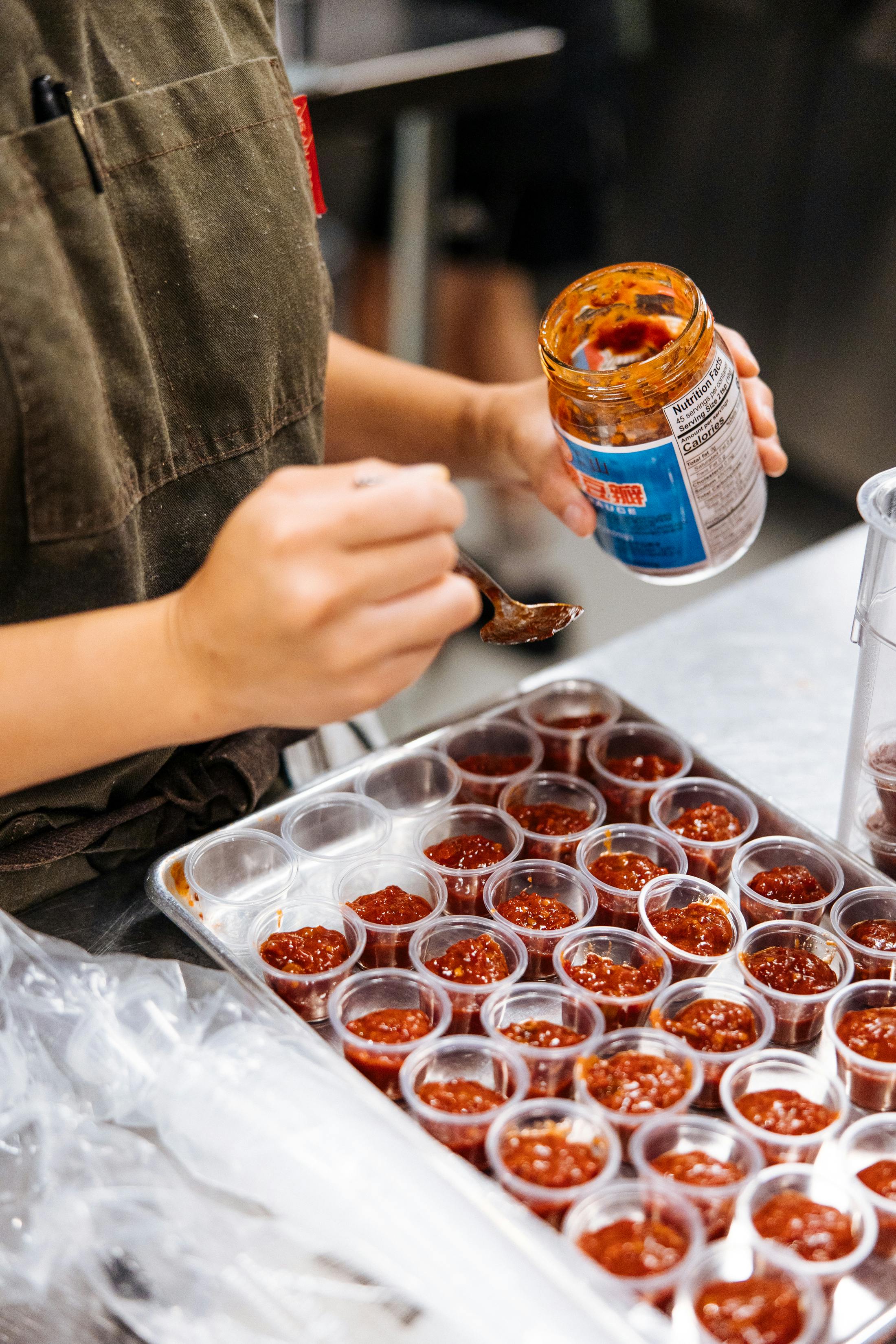Running a successful food business in Australia requires more than just cooking delicious dishes and serving happy customers. You must also manage your restaurant inventory effectively, as it affects your food quality, customer satisfaction, profitability, and sustainability.
But what is restaurant inventory management, and how can you do it like a pro? Read on as we answer these questions and give tips to help you streamline your restaurant inventory management and improve your bottom line.
What is restaurant inventory management?
Restaurant inventory management is the process of tracking and controlling the food and supplies you buy, store, and use in your restaurant. It involves counting and recording the quantity and value of all the items in your shop. It also involves forecasting and ordering the right amount of inventory based on your sales and recipes, as well as using the inventory in the safest and most efficient way possible.
While not an easy task, restaurant inventory management is a vital one. It helps reduce food waste, spoilage, and theft, increase food quality, customer satisfaction, and profitability, and comply with food safety regulations.
5 tips to help streamline your restaurant inventory management
To help you master your restaurant inventory management, here are practical few tips you can follow:
1. Conduct regular inventory counts
This first step means physically counting and recording the quantity and value of all the items in your restaurant at least once a month or more frequently if you have a high volume of sales or a fast turnover of products.
Use a spreadsheet, a pen and paper, or a barcode scanner to record your inventory counts. However, utilising restaurant inventory management software can make the process faster, easier, and more accurate.
2. Use the first in, first out (FIFO) method
The FIFO method effectively ensures you use your inventory in the order you receive it—the oldest items first and the newest items last. This helps you reduce food waste, spoilage, and loss of quality while complying with food safety standards.
To implement, label, and date all your inventory items when you receive them and store them where the oldest products are at the front and the newest are at the back. You must also train your staff to follow this method when preparing, cooking, and serving food.
3. Track your inventory usage and variance
Monitoring your inventory usage and variance lets you understand how much inventory you need, how much stock you use, and how much supply you lose. Inventory usage is the amount of stock you consume in a given period, whether a day, week, or month. Meanwhile, inventory variance is the difference between your actual and expected supply usage based on your sales and recipes.
You can track these using a food cost calculator or a restaurant inventory management software to identify and address any issues that may cause inventory variances, like inaccurate portioning, incorrect recipes, wastage, theft, or shrinkage.
4. Optimise your inventory levels and ordering
Overstocking can increase storage costs, food waste, and ultimately cash flow problems, while understocking can lead to lost sales, customer dissatisfaction, and damage to your reputation.
To optimise your inventory levels and ordering, forecast your inventory demand based on your sales history, seasonality, trends, and events. Calculate your par levels, the minimum amount of inventory you must always have on hand. Maximise restaurant inventory management software to automate inventory forecasting and ordering and send alerts when your inventory levels are low or high.
5. Implement inventory control measures
Performing control measures prevents inventory loss, theft, and fraud, which can occur from human error, equipment malfunction, natural disasters, or due to dishonest employees, suppliers, or customers.
Establish clear and consistent inventory policies and procedures, such as who’s responsible for counting, ordering, receiving, storing, and using the inventory, and how often and how thoroughly they should do it. Ensure inventory security measures as well, like locking the storage areas, installing cameras and alarms, and conducting audits and spot checks. More importantly, educate and motivate your staff to follow the inventory policies and procedures and to report any suspicious or abnormal activities.
Achieve restaurant inventory management excellence
Managing restaurant inventory is not just a task but a skill that can make or break your food business. It can help you save money, satisfy customers, comply with food safety regulations, and protect your reputation.
The tips above can streamline your inventory processes, optimise your inventory levels, and control your inventory variance so you can master this skill and achieve restaurant inventory management excellence.
Want to get started on managing your own restaurant? Look no further than ChefCollective! We offer dark kitchen solutions, providing everything needed to run your food business in Australia, from kitchen space and equipment to delivery and technology. All you have to do is cook; we’ll handle the rest. Contact us today to learn more.
